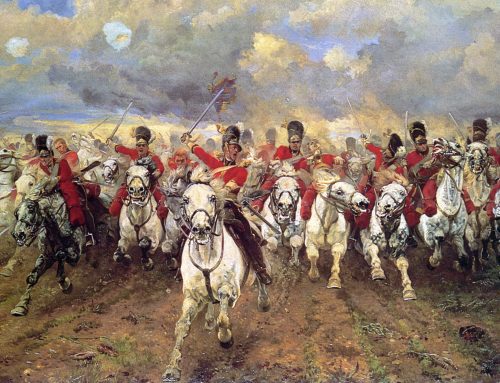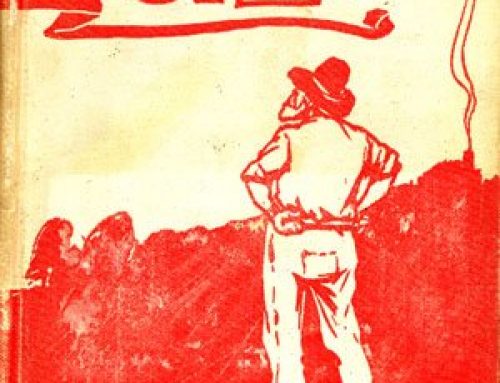Sheep & cattle stations.
Our property in north-west New South Wales, was settled by my great-grandfather in 1893 and started with a nucleus of merino sheep which were overlanded from another of our holdings to the south-east. Gradually, as more land was accumulated, it evolved into a sheep station over the first seventy years of its one hundred and twenty year plus life, to date. Since then like many other producers weve diversified to keep pace with changing economic conditions. Beef cattle production, fat lambs and dryland cropping now being major components of our farming mix. During our time on the land other holdings have been purchased, sometimes twice (one of our properties was lost during the depression and my father bought it back in the 1970s), sold and even resumed by the government such as the 130,000+ acre Yathong Station near Hillston in western NSW. Apparently it had to be closed up to protect a spiny-backed lizard however the property is now overrun by feral goats. Another example of the major mismanagement of rural Australia by the Government.
 These days people only equate stations with big, sprawling, red dirt, remote cattle runs, but the use of the term station was first used in conjunction with sheep and that terminology remains in use for a lot of properties today for those holdings that were built on the production of wool.
These days people only equate stations with big, sprawling, red dirt, remote cattle runs, but the use of the term station was first used in conjunction with sheep and that terminology remains in use for a lot of properties today for those holdings that were built on the production of wool.
Sheep stations and sheep husbandry began in Australia when the British started raising sheep in 1788 at Sydney Cove and evolved from that period. Numerous properties throughout Australia were known and are still known as stations even though they may well have diversified beyond the sheeps back into other areas of production such as intensive feed-lotting, beef cattle production, fat lambs, the horticultural industry, dry-land and wet cropping, just to name a few.
 Where once sheep stations dotted the country these days the raising of sheep for both wool and meat are usually in the south-east or south-west of the country. The owner of a sheep station can be called a pastoralist or grazier – formerly, a squatter (although my Dad still gets that moniker now and then). The word farmer is used these days as a one-fits-all term, which emphasizes the on-farm diversification that has occurred in rural Australia over recent decades, but for the older generations, grazier or pastoralist is still the norm.
Where once sheep stations dotted the country these days the raising of sheep for both wool and meat are usually in the south-east or south-west of the country. The owner of a sheep station can be called a pastoralist or grazier – formerly, a squatter (although my Dad still gets that moniker now and then). The word farmer is used these days as a one-fits-all term, which emphasizes the on-farm diversification that has occurred in rural Australia over recent decades, but for the older generations, grazier or pastoralist is still the norm.
The use of the word station in regard to large scale cattle operations comes a good eighty-plus years after it was first coined for sheep stations. Early cattle stations that actually used the word station in their name included: Bowen Downs in QLD in the 1860s and Victoria River Downs Station in the 1880s. And of course, the legendary Sidney Kidman (18571935) set up a chain of cattle stations in the 1890s onwards along the sources of water, from the Gulf of Carpentaria, into South Australia to be within easy droving distance of the Adelaide markets.
We can thank the efforts of the great sheep pastoralists of the late 1700s and 1800s for giving us the word station, so dont be surprised when the term station is used today and theres not a bit of red dirt or an aerial cattle shot in sight.






I lived in sheep country for a lot of my middle adult years and now, when we drive even past the Blue Mountains, I miss the extensive paddocks filled with sheep. There are so many properties that are now based on either beef cattle or horses. So much for those years of Australia ‘riding on the sheep’s back’!
Since I lived in the NT for the whole 1990s, I have come to associate the ‘station’ with cattle, but in earlier times, it was always sheep. It was sheep that created wealth and maintained it for so many years, making Australia a great renewable primary producer. It is a pity now that we have lost so much of the natural wool to synthetic fibres.
I totally agree with you Linda. I’ve just traveled through the western district of VIC while on tour and it’s quite a while since I’ve seen so many sheep. Thanks for your comment. Take care N.